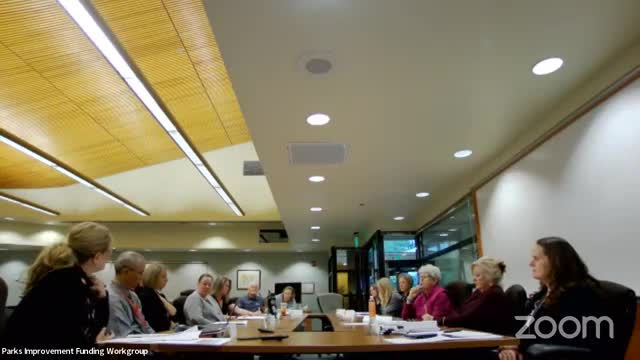City debates impact fees amid growing development concerns
September 30, 2024 | Lacey, Thurston County, Washington
This article was created by AI summarizing key points discussed. AI makes mistakes, so for full details and context, please refer to the video of the full meeting. Please report any errors so we can fix them. Report an error »

In a recent government meeting, officials discussed the implications of green space requirements in new developments and the associated responsibilities of homeowners' associations (HOAs). The conversation highlighted the current policy that mandates developers to allocate 10% of their project area for green space, which can either be handed over to the city or maintained by the HOA. This arrangement aims to enhance community benefits by providing accessible parks close to residential areas.
However, concerns were raised regarding the lack of impact fees collected from developers to address the additional demands on city services due to population growth. While schools collect impact fees, the city has historically opted for the green space requirement instead, believing it to be more beneficial for community development. This decision, made approximately 30 years ago, was influenced by logistical challenges in assessing impact fees and a preference from the development community for the green space model.
Officials acknowledged that while the current system has its merits, it may be time to reevaluate the collection of impact fees to better manage the pressures of growth. Any changes would require thorough analysis and integration into the city's six-year capital facilities plan.
The discussion also touched on the sustainability of parks managed by HOAs. Questions arose about the ramifications if an HOA were to dissolve or fail to maintain these green spaces. It was clarified that such spaces are documented in plat requirements, but concerns lingered about the potential for these areas to be repurposed if the HOA becomes nonfunctional.
Overall, the meeting underscored the need for a balanced approach to development that considers both green space and the financial implications of increased population density on city services.
However, concerns were raised regarding the lack of impact fees collected from developers to address the additional demands on city services due to population growth. While schools collect impact fees, the city has historically opted for the green space requirement instead, believing it to be more beneficial for community development. This decision, made approximately 30 years ago, was influenced by logistical challenges in assessing impact fees and a preference from the development community for the green space model.
Officials acknowledged that while the current system has its merits, it may be time to reevaluate the collection of impact fees to better manage the pressures of growth. Any changes would require thorough analysis and integration into the city's six-year capital facilities plan.
The discussion also touched on the sustainability of parks managed by HOAs. Questions arose about the ramifications if an HOA were to dissolve or fail to maintain these green spaces. It was clarified that such spaces are documented in plat requirements, but concerns lingered about the potential for these areas to be repurposed if the HOA becomes nonfunctional.
Overall, the meeting underscored the need for a balanced approach to development that considers both green space and the financial implications of increased population density on city services.
View full meeting
This article is based on a recent meeting—watch the full video and explore the complete transcript for deeper insights into the discussion.
View full meeting
